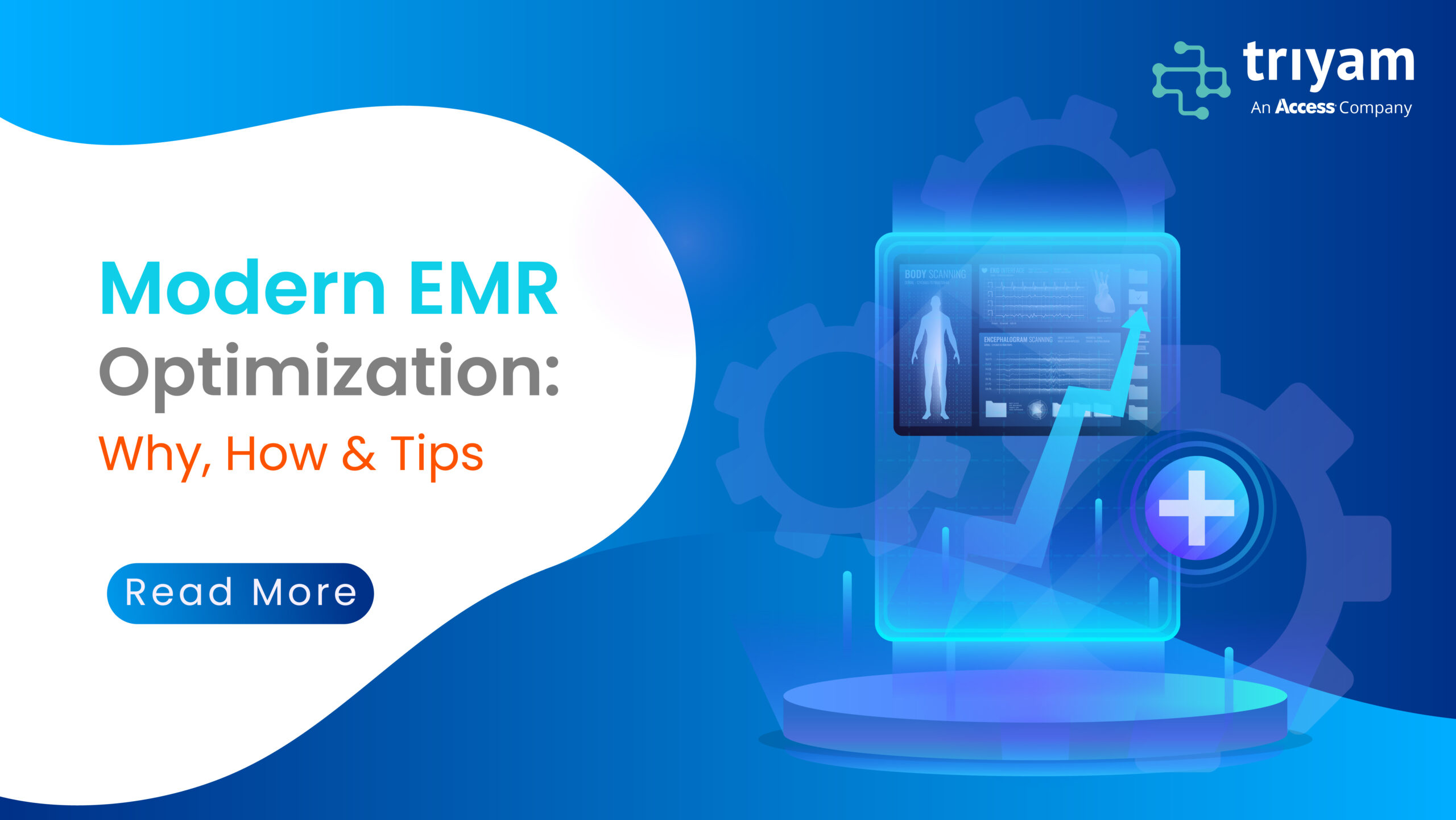Electronic Medical Records (EMR) is a key component of thriving healthcare dynamics, digitizing patient information, enhancing accessibility and care coordination. This addresses the need to optimize EMR data archiving with advanced health tech practices, augmenting clinical data security.
What Is EMR Optimization?
EMR optimization encompasses various strategies aimed at enhancing the performance, security, and compliance of electronic health record systems. Key components vital for maintaining an efficient, secure, and compliant healthcare data ecosystem include:
- Archival: Medical data archiving in a secure and accessible manner.
- Migration: EMR data migration from legacy systems to modern platforms.
- Conversion: Transforming data into compatible formats for new systems.
- Purging: Removing obsolete or redundant data to improve system efficiency.
- Retention: Storing data for the required duration to comply with regulations.
Why Is EMR Optimization Required?
Wondering what’s the urgency over EMR? Starting with them holding key clinical information, EMR optimization pretty much stands at the forefront of seamless and accurate health outcomes. Here’s why:
- Improve EMR Quality: Key to safekeeping a patient’s medical records, EMR data quality is directly linked to operational efficiency and streamlined workflow, backed by data-driven decisions in patient outcomes.
- Data Overload: According to a report by the American Hospital Association, healthcare organizations are facing challenges in managing vast amounts of patient information, leading to inefficiencies and potential errors.
- Regulatory Compliance: Healthcare providers must adhere to stringent regulations such as HIPAA to avoid noncompliance fines and legal repercussions.
- System Performance: Legacy EMR systems may fail to handle large datasets, causing slow performance and downtimes. This calls for an optimized setup.
- Security Risks: Outdated systems are more susceptible to cyber threats. Cybercriminals take advantage of faulty health IT infrastructure.
How to Optimize EMR Systems
- Implement Cloud-Based Solutions
Migrating to cloud platforms offers scalability, flexibility, and enhanced security with regular backups, and updated compliance, ensuring data integrity and availability.
- Data Archival Strategies
Cloud-archiving involves securely storing historical medical data with easy accessibility and robust data retention practices aligned with latest compliance factors. What works is innovative EMR conversion, categorizing data based on usage frequency, automating archival processes with easy retrieval.
- Data Migration and Conversion
Transitioning from legacy systems requires careful planning:
- Assessment: Evaluate the existing data for quality and relevance.
- Mapping: Align data fields between old and new systems.
- Testing: Conduct thorough testing to ensure data integrity post-migration.
- Data Purging
Regularly removing outdated or unnecessary data helps maintain system performance aided by retention policies based on regulatory requirements, automated purging and checks on authorized access.
- Retention Management
Maintain data for the required duration as per legal and regulatory standards with the help of advanced compliance features within a secure cloud environment. Regularly review and update retention policies.
Tips for Effective EMR Optimization
- Regular Training: Equip healthcare staff with the necessary skills to utilize EMR systems effectively and reduce errors.
- Data Governance Framework: Establish clear policies for data access, usage, and sharing to ensure data integrity and compliance.
- Regular Audits: Conduct periodic audits to identify and rectify discrepancies.
- User Feedback: Feedback from end-users identifies pain points.
- Stay Updated: Adopt tech and regulatory changes to stay relevant and compliant.
Optimizing EMR systems is not just a technical necessity but a strategic imperative for healthcare organizations. By implementing cloud-based solutions, adopting best practices in data management, and fostering a culture of continuous improvement, healthcare providers can enhance patient care, ensure compliance, and improve operational efficiency. As the healthcare landscape continues to evolve, proactive EMR optimization will be key to navigating future challenges and opportunities.
Connect with Triyam for tailored EMR optimization!
FAQ
- How can EMR workflows be optimized with advanced tech?
By leveraging cloud-powered EMR archival processes, with advanced data transitioning, purging and retention practices allowing customizable interfaces, and real-time analytics for fast and simplified outcomes.
- What are the benefits of cloud-based EMRs?
Cloud EMRs offer better scalability, remote access, quicker updates, improved uptime, and enhanced data security compared to on-premise systems.
- How does the cloud improve EMR interoperability?
It supports FHIR APIs, real-time data exchange, third-party app integration, easy accessibility, authorized access with robust encryption, sound purging, enhanced compliance and cross-platform access.
- How is security maintained in cloud EMRs?
With encryption, role-based access, regular audits, zero-trust models, and adherence to HIPAA and other standards.


